Contents

Published in the United States of America by John Wiley & Sons, Inc., Hoboken, New Jersey.
Published simultaneously in Canada.
Copyright 2014, 2009, 2005, 2000 by Laurence King Publishing Ltd.
No part of this publication can be reproduced, stored in a retrieval system, or transmitted in any form or by any means, electronic, mechanical, photocopying, recording, scanning, or otherwise, except as permitted under Section 107 or 108 of the 1976 United States Copyright Act, without either the prior written permission of the Publisher, or authorization through payment of the appropriate per-copy fee to the Copyright Clearance Center, Inc., 222 Rosewood Drive, Danvers, MA 01923, (978) 750-8400, fax (978) 750-4470, or on the web at www.copyright.com . Requests to the Publisher for permission should be addressed to the Permissions Department, John Wiley & Sons, Inc., 111 River Street, Hoboken, NJ 07030, (201) 748-6011, fax (201) 748-6008.
Limit of Liability/Disclaimer of Warranty: While the publisher and author have used their best efforts in preparing this book, they make no representations of warranties with respect to the accuracy or completeness of the contents of this book and specifically disclaim any implied warranties of merchantability or fitness for a particular purpose. No warranty may be created or extended by sales representatives or written sales materials. The advice and strategies contained herein may not be suitable for your situation. You should consult a professional where appropriate. Neither the publisher nor author shall be liable for damages arising herefrom.
Wiley publishes in a variety of print and electronic formats. Some material included with standard print versions of this book may not be included in e-books.
ISBN 978-1-118-40351-8
Library of Congress Cataloging-in-Publication Data
Pile, John F.
History of interior design / John Pile, Judith Gura. - - Fourth edition.
pages cm
Includes index.
ISBN 978-1-118-40351-8 (cloth)
1. Interior decoration--History. 2. Interior architecture--History. I. Gura, Judith. II. Title.
NK1710.P55 2013
747' 09--dc23
2013004577
 This book was designed and produced by Laurence King Publishing Ltd. London
This book was designed and produced by Laurence King Publishing Ltd. London
www.laurenceking.com
Picture Research: Giulia Hetherington
Design (new edition): Allan Sommerville
Senior Editor: Peter Jones
Illustrations: Advanced Illustration Limited
Jacket: Oscar Niemeyer, Staircase of Itamaraty Palace, Braslia DF, Brazil / Leonardo Finotti
Frontispiece: Filippo Juvarra, Stipinigi Hunting Lodge, Turin, Italy / Achim Bednorz, Cologne, Germany
Preface
In the modern world, human life experience is largely played out in interior spaces. We may love the out-of-doors for the open air and sky, for the escape it offers from life inside enclosure, but the very joy of being outside reflects the reality that so much of life is spent inside. Most of the time, most of us live inside a house, a flat, or a room. We sleep, eat, cook, bathe, and spend free time at homethat is, inside. Work takes place in an office, a factory, a specialized work space such as a hospital, concert hall, museum, school, or college... the list is endless.
There have been human beings on earth, scientists now estimate, for about 1.7 million years. The detailed record of events and developments that we call history stretches back for only about six or seven thousand years. There have been many speculations about when and where people first learned to use shelters and what the earliest habitations were like. Early shelters existed to provide the interior spaces that offered comfort to their inhabitants. Those interior spaces influenced the lives of their occupants.
Interior design, whether professional or not, is an aspect of life that is impossible to escape. In addition to the domain of ones own home, the interiors of the homes of friends and relatives, of offices, stores, restaurants, schools, hospitals, transport vehicles, and every other sort of place where modern life is lived, make up the modern world as we know it. It is obvious that people in bygone times had a different life experience in large measure because they occupied interiors that were different from those that are now commonplace. To consider for a moment the life of a medieval serf living in a farm dwelling, a knight in a castle, a monk in a monastery, the lord and lady in an eighteenth-century mansion, a Victorian family in a city row house brings to mind a life pattern based on the spaces created in such past times. Social, economic, and political realities also influenced life in the past and these forces have had major impact on built environments. Buildings and their interiors are planned to serve the purposes and styles of the times of their origins, but they exert their influence on the activities and lives that they house as long as they continue in use.
The study of interior design, its development and change through history, is a useful way both to explore the past and to make sense of the spaces in which modern life is lived. Professional interior designers are expected to study design history, to know the practices of the past in terms of styles, and to know the names and the nature of the contributions of those individuals who generated the most interesting and influential approaches to design.
Since the interiors that one might wish to visit are scattered across the globe and often difficult to access, it becomes necessary to turn to photographs, descriptions, and, increasingly, film, television, and the internet to gain an insight into the history of humanly constructed interior space. The sheer number of books on the subject and the variety of emphasis can make a coherent history of interior design difficult to extract and understand.
The purpose of this book is to deliver in one volume of reasonable size a basic survey of six thousand years of personal and public space. Development of such a book is inevitably beset by a number of complications. Interiors do not exist in isolation in the way that a painting or a sculpture does, but within some kind of shella hut, a building, even a ship or airplane. They are also crammed with a great range of objects and artifacts: furniture, lighting, textiles, sometimes art. This means that interior design is a field with unclear boundaries, overlapping as it does the realms of construction, architecture, art, the crafts, the technologies of heating, cooling, ventilation, lighting, water and drainage equipment, and what is now called product design, in the forms of appliances, plumbing fixtures, and other kinds of equipment. The number of interiors that have been created over time, even the number currently in existence, is staggering. The author of one compact history is thus faced with a vast range of choices about what to include and what to exclude. No two writers in this field will make the same choices and the decisions made in writing this book are those of the writer and are based on the following assumptions:
1. Interiors are integral to the structures that contain them. This means that interior design is inextricably linked to architecture and can only be studied within an architectural context.


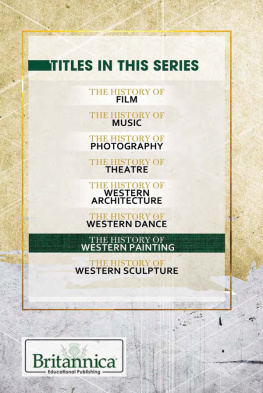
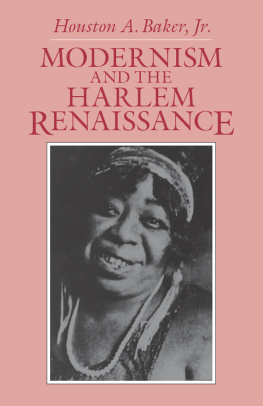


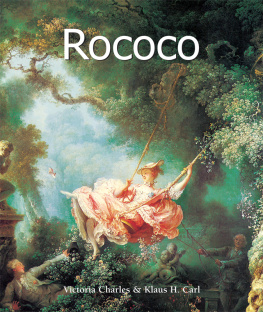
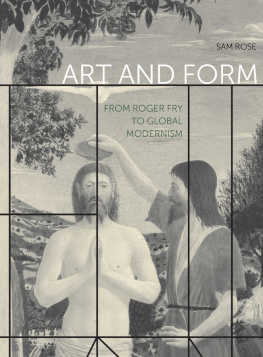

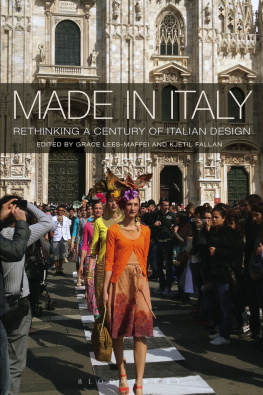
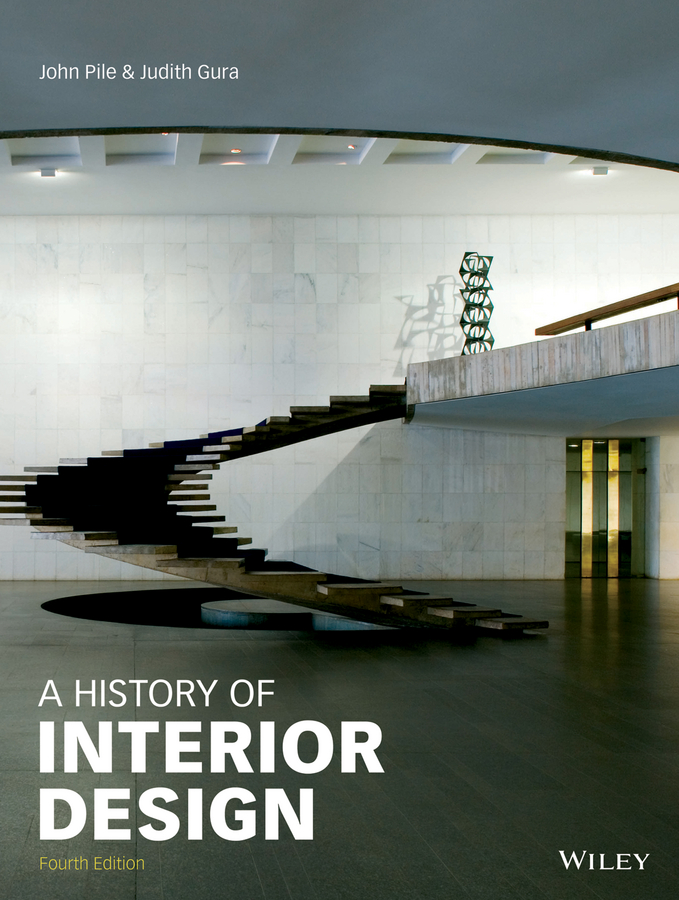
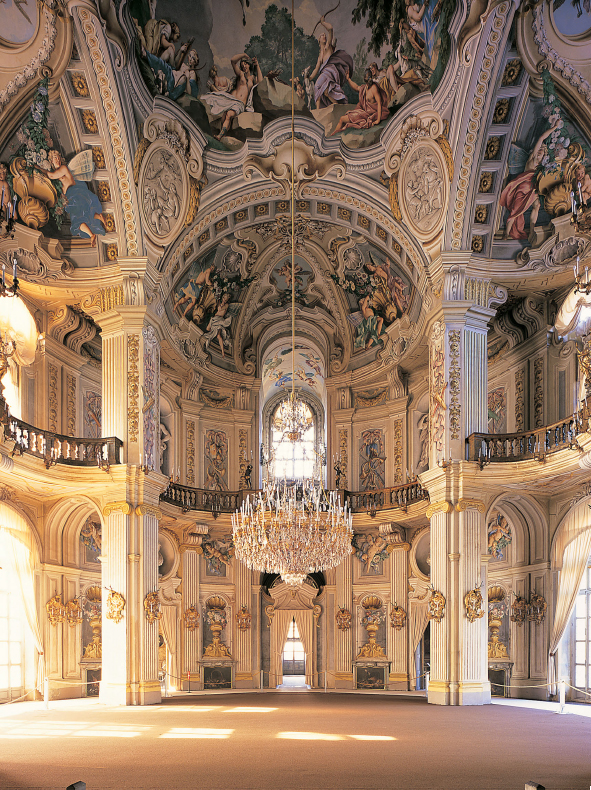

 This book was designed and produced by Laurence King Publishing Ltd. London
This book was designed and produced by Laurence King Publishing Ltd. London